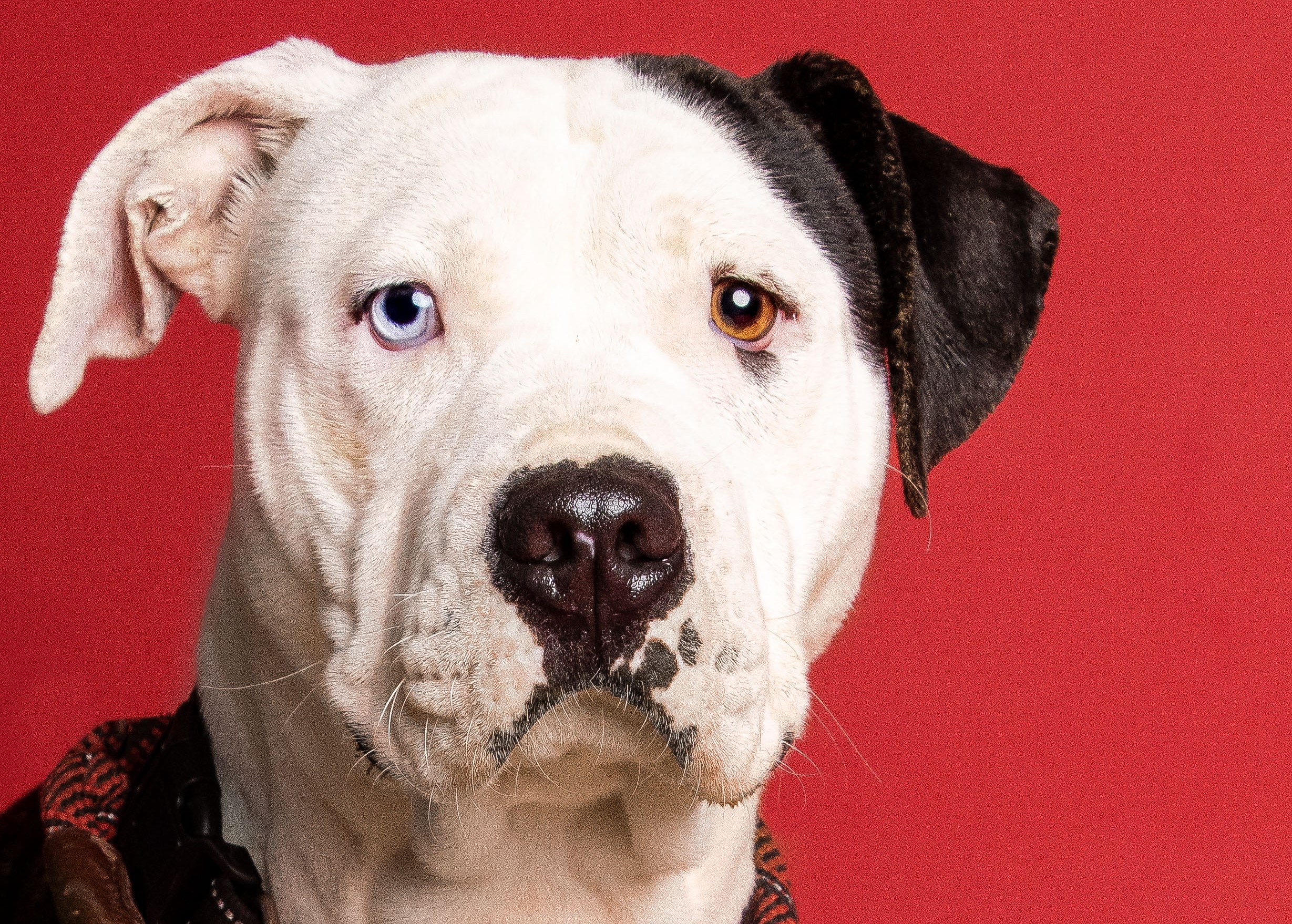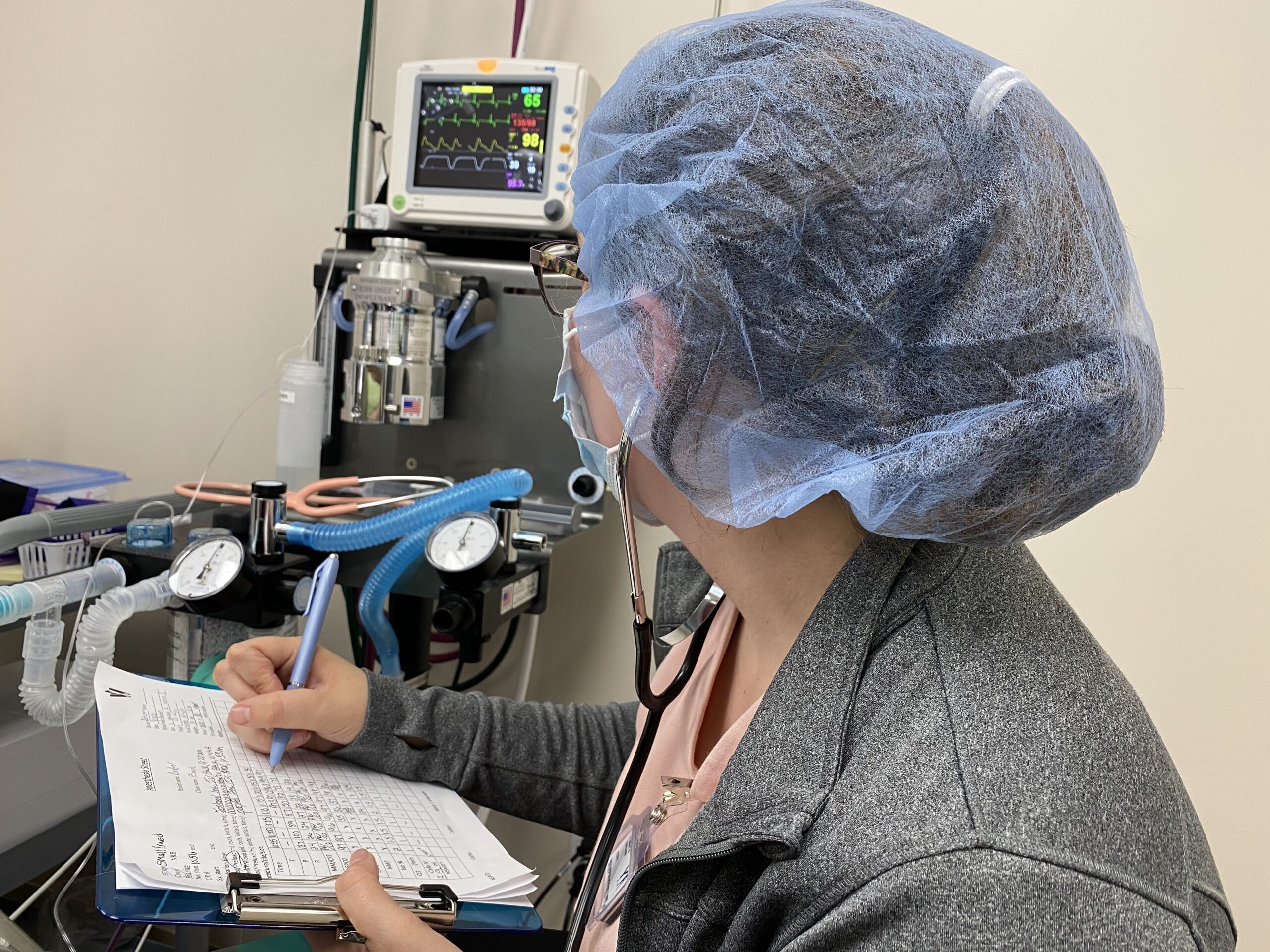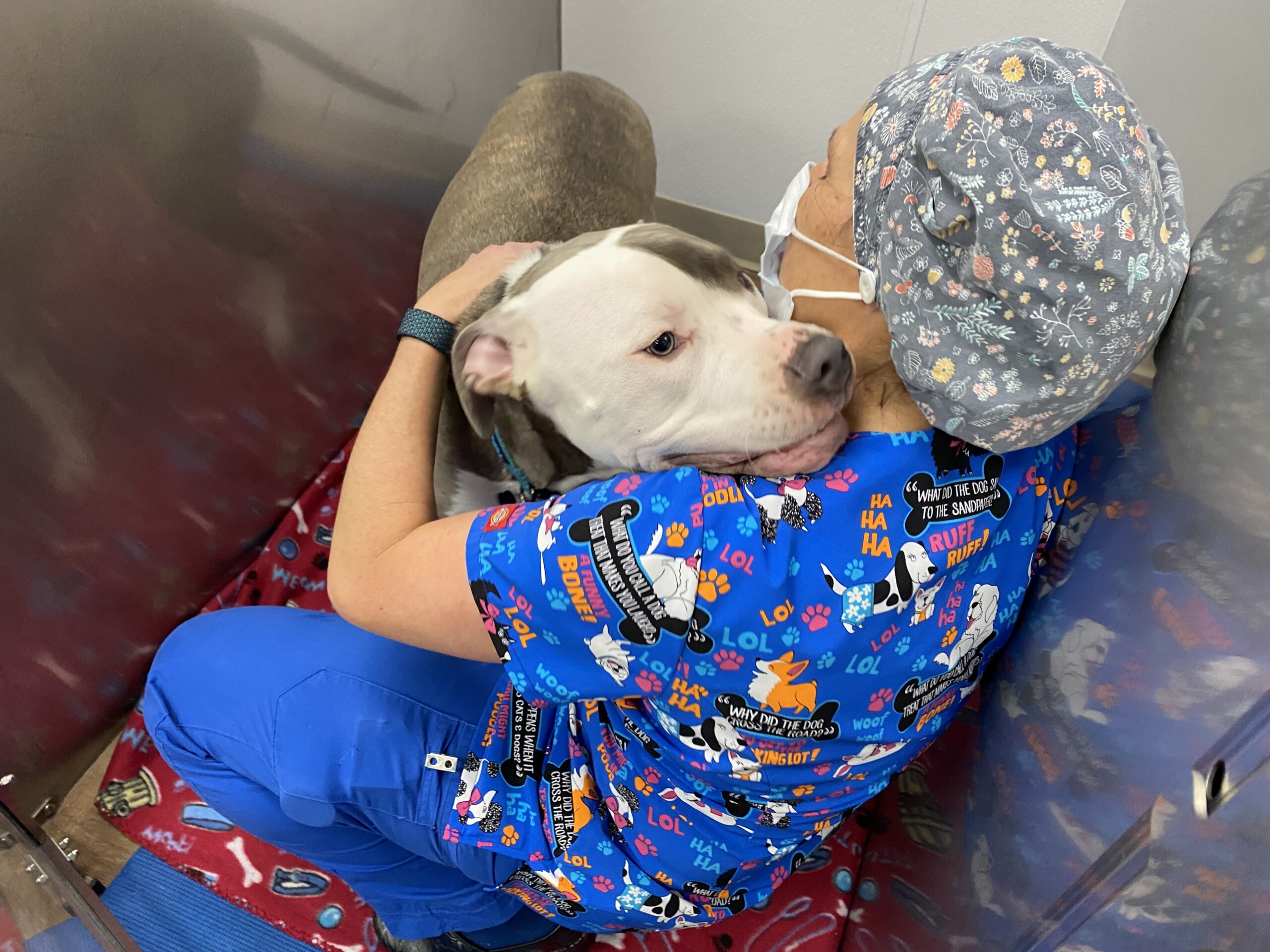
What really happens after your pet is admitted for surgery?
We are all pet lovers, and we’ve all had pets who needed surgery, so we know that a pet having surgery can be a very stressful experience.
Today, we share our secrets and take you behind the doors at HRVSS.
This is what happens to a typical 6-year-old Pitbull, Montana, who needs TPLO surgery to address a torn ACL. It doesn’t matter that he’s a dog, or what surgery he needs, since the same care happens to pretty much all of our patients, cats or dog, small or large, young or old.
“Pretty much” because a kitty would be housed in a different location than a big dog like Montana.
We chose a TPLO because it’s our most frequent surgery, and many other pets go through similar steps anyway.
Here is Montana’s surgical journey.
After the consultation and meeting between his owner and the surgeon, Montana is admitted to the practice.
He receives a physical exam to make sure he’s otherwise healthy. He also gets an orthopedic exam to confirm the diagnosis.
His nurse verifies that we have pre-anesthesia blood work and that the surgeon reviewed it.
Montana jumps on the scale to be weighed accurately. This is an important step since all drugs, IV or by mouth, are calculated based on his actual weight.
After a sedative and a pain medication (doggy “morphine”) are given, 2 types of fluids are given through an IV catheter:
- “standard” fluids (similar to sterile saline)
- and special IV fluids that contain doggy morphine.
Then Montana walks to his run where a clean rubber mat and fluffy blankets have been prepared.
We do not have a metal door with metal bars. Our runs have a glass door.
In addition, our runs are not far away in a kennel “in the back,” where anything can happen.
Runs are inside the treatment room, so nurses can see and monitor patients easily.
When it’s time for Montana’s surgery, he is walked outside to eliminate one last time. Then he walks to the prep area, where the nurses put him under anesthesia.
He is placed between a heating pad and a nice blanket to keep his temperature up.
Monitoring equipment is hooked up as soon as he is sleeping.
A first dose of antibiotics is given IV.
The nurses clip the hair and prep the surgery site.
Then Montana is wheeled to the X-ray table, where he is moved to another heating pad, and placed under a blanket. A new monitor is used to check his vitals while X-rays are taken.
X-rays are a critical part of the preparation of a TPLO. The knee needs to be in a very specific position, so the surgeon can accurately measure an angle and plan surgery.
Now Montana is moved to the sterile surgery room, where he is placed on a heated surgery table, covered by a nice blanket. He is covered by a human-grade heating blanket. And he is hooked up to a third monitor, which will track half a dozen vitals throughout surgery (temperature, oxygen level, CO2 level, heart rate, respiratory rate, blood pressure).
During the entire surgery, Montana will be monitored by one of our lovely, dedicated, well-trained, anesthesia nurses. She will make a note of all vitals every 5 minutes so we can see trends, anticipate changes and keep our patient safe.

The surgery site is sterilely scrubbed by another nurse. This is a meticulous 5 minute procedure.
The surgeon then places a sterile drape over the sterile area, and surgery starts.
We will spare you the details…
At the end of surgery, the surgeon and the nurse discuss which pain medications, antibiotics and supplements Montana should go home on.
Once surgery is over, the surgery site is cleaned up. A Band-Aid is applied over the incision.
Montana is wheeled to the X-ray table, covered with a heating pad. Postop X-rays are taken to make sure everything is the way it should.
He is then moved to ICU, where his anesthesia nurse continues to monitor him until he is safely awake. A plastic cone is placed around his neck before he wakes up.
Montana is sandwiched between fluffy blankets.
Should he need more heat support, we would add a warm-air blanket until his temperature is normal.
IV fluids, TLC and pain medications are continued on a specific schedule.

Yes, our patients are a bit spoiled and receive hugs
Once Montana is awake, alert and standing, he can be walked outside. Then he will be offered small amounts of food and water.
The anesthesia nurse calls Montana’s owners to reassure them: he is awake and did well in surgery.
She sets up a discharge time to send him home the next day.
IV fluids, TLC and pain medications are continued throughout the night, under the close attention of his loving overnight nurse.
Before Montana can go home, both IV fluid types are discontinued and the IV catheter is removed.
The nurse thoroughly reviews all of the postop instructions and medications with the owners.
She shows them how to properly use the sling, and answers any additional questions they might have. She will help Montana safely get into the car if necessary.
Then the fun begins, and Montana will recover over the next 2 months.
But we’re not done yet! We will follow his progress and help along the way, until he can enjoy life again!
Everything we do at HRVSS has a triple goal: ensuring the safety of our patients, keeping them as comfortable as possible, and making sure they feel reassured and loved.
If you would like to learn how we can help your pet with safe surgery and anesthesia, please contact us through www.HRVSS.com.
Never miss a blog by subscribing here: www.HRVSS.com/blog
Phil Zeltzman, DVM, DACVS, CVJ, Fear Free Certified
